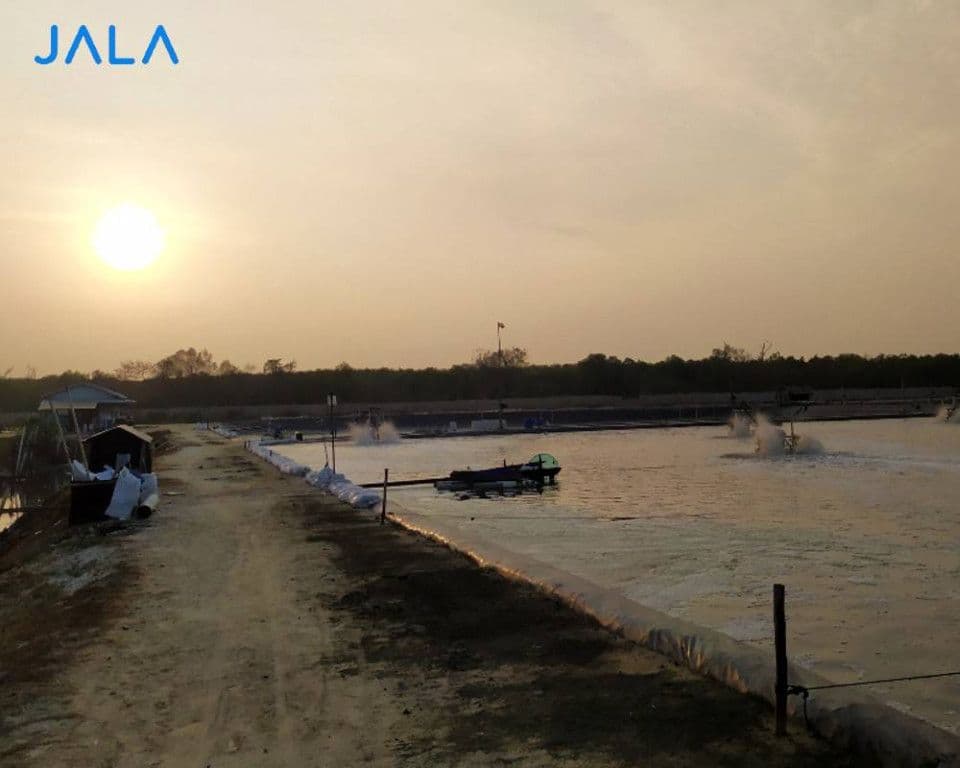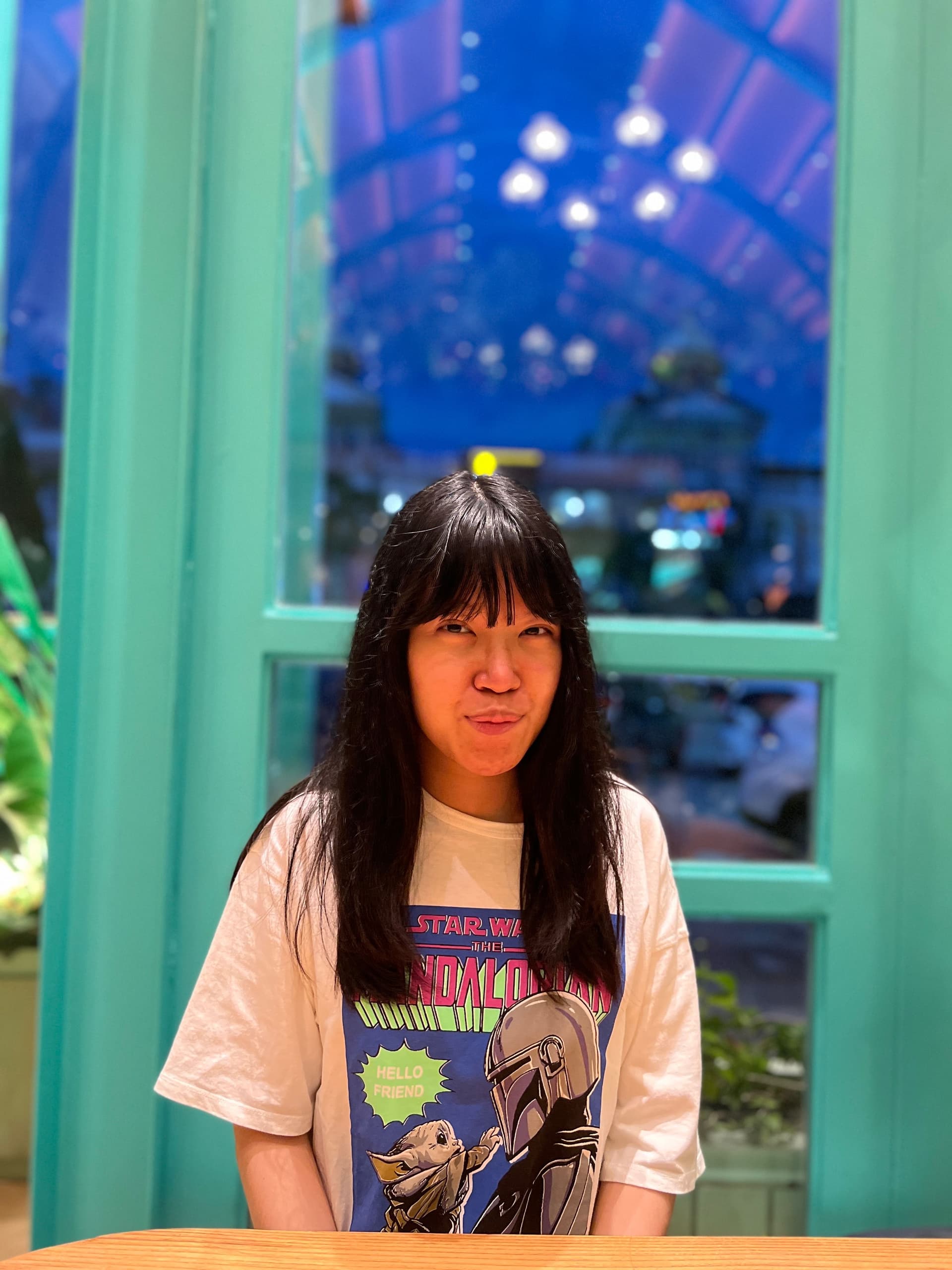
Lampung is one of the regions with high potential for the fisheries industry, particularly shrimp cultivation. As a province located in the coastal area of Indonesia, Lampung has resources and a climate that supports shrimp cultivation. However, has its production reached its actual potential, or are there still opportunities for improvement?
Lampung shrimp production numbers
Cultivation ponds contribute to the largest aquaculture production in Lampung, as mentioned by BPS (2015). The primary cultivated commodity in ponds is vannamei shrimp. In 2012, data from the Ministry of Maritime Affairs and Fisheries (KKP) accredited Lampung as once the largest producer of vannamei shrimp in Indonesia, with an annual production of 72,051 tons, contributing 40 percent of the national shrimp production.
However, according to the latest data from the Ministry of Maritime Affairs and Fisheries (KKP) in 2020, shrimp production in Lampung reached 63,310.45 tons, ranking fourth after West Nusa Tenggara (159,013.10 tons), West Java (131,499.21 tons), and East Java (114,885.55 tons). Shrimp production in Lampung is higher than other provinces in Sumatra, but slightly lower than South Sumatra which reached 62,189.40 tons. The trend in shrimp production in Lampung has also been declining over the past three years.
Size of Lampung’s potential shrimp farming area
Lampung has a vast potential area for brackish water aquaculture, both for grow-out and hatchery purposes, with an area of 61,200 hectares. This includes the eastern coast of Lampung from north to south, covering 52,500 hectares, Lampung Bay at 700 hectares, Semangka Bay at 2,000 hectares, and the western coast covering 5,000 hectares. Most intensive ponds are found in the coastal areas of South Lampung, West Lampung, and close to the Bengkulu border, while semi-intensive and traditional ponds are more common in East and South Lampung.
Challenges in increasing productivity
Farm revitalization
In 2021, the Minister of Maritime Affairs and Fisheries, Sakti Wahyu Trenggono, expressed his support for the development of shrimp cultivation in Lampung. The government has also introduced innovative programs to achieve production targets, aiming to reach a production target of 2 million tons by 2024.
One such implementation of these innovative programs is the revitalization of traditional shrimp ponds into semi-intensive systems with the goal of increasing productivity. Revitalization should cover all aspects, such as infrastructure, the provision of cultivation supplies, and the sale of production results. Currently, many ponds have not been equipped with wastewater treatment facilities, hatcheries, laboratories, and cold storage.
Dealing with disease threats
Shrimp aquaculture in Lampung also often faces disease outbreaks. For example, in the 2000s, there was an outbreak of Myo virus, causing many shrimp farmers to go out of business. Then, in 2015, a white feces disease outbreak occurred. As one important requirement for successful shrimp cultivation is implementing good farming practices to prevent shrimp diseases, facilities such as wastewater treatments and water tanks become increasingly crucial to be established.
Degradation of the coastal environment
Another issue faced by the shrimp aquaculture industry in Lampung is the degradation of coastal environments, including coastline erosion and water shallowing. In the eastern coast of Lampung, there is also significant damage to mangrove forests, without any integrated approach to address the problem.
The need for support from all parties
Knowing the existing opportunities for shrimp cultivation in Lampung, it is unfortunate for its productivity to not reach its maximum potential due to various challenges. Concrete steps are required from all parties to address the existing issues and boost shrimp production. In addition to funding access or the provision of necessary facilities, efforts to conserve the environment should also be prioritized for sustainable cultivation, such as through mangrove area restoration. Campaigns and education for farmers and local communities are also necessary.
As stated by Minister Trenggono, the people of Lampung have an advantage in shrimp farming, which is their experience. Therefore, an increase in productivity is highly feasible, as long as there is synergy between the central government, local authorities, and all stakeholders involved in cultivation activities to support economic growth while keeping the idea of sustainable farming practices in mind.
Resources:
Produksi Udang Indonesia Terbanyak di Jawa Barat pada 2021 | Data Indonesia
Potensi Besar, Pemanfaatan Belum Maksimal | Tribunlampung.co.id
Produksi Budi Daya Udang di Indonesia | KKP
Lampung Miliki Potensi Budidaya Ikan Terbesar | Pemerintah Provinsi Lampung





